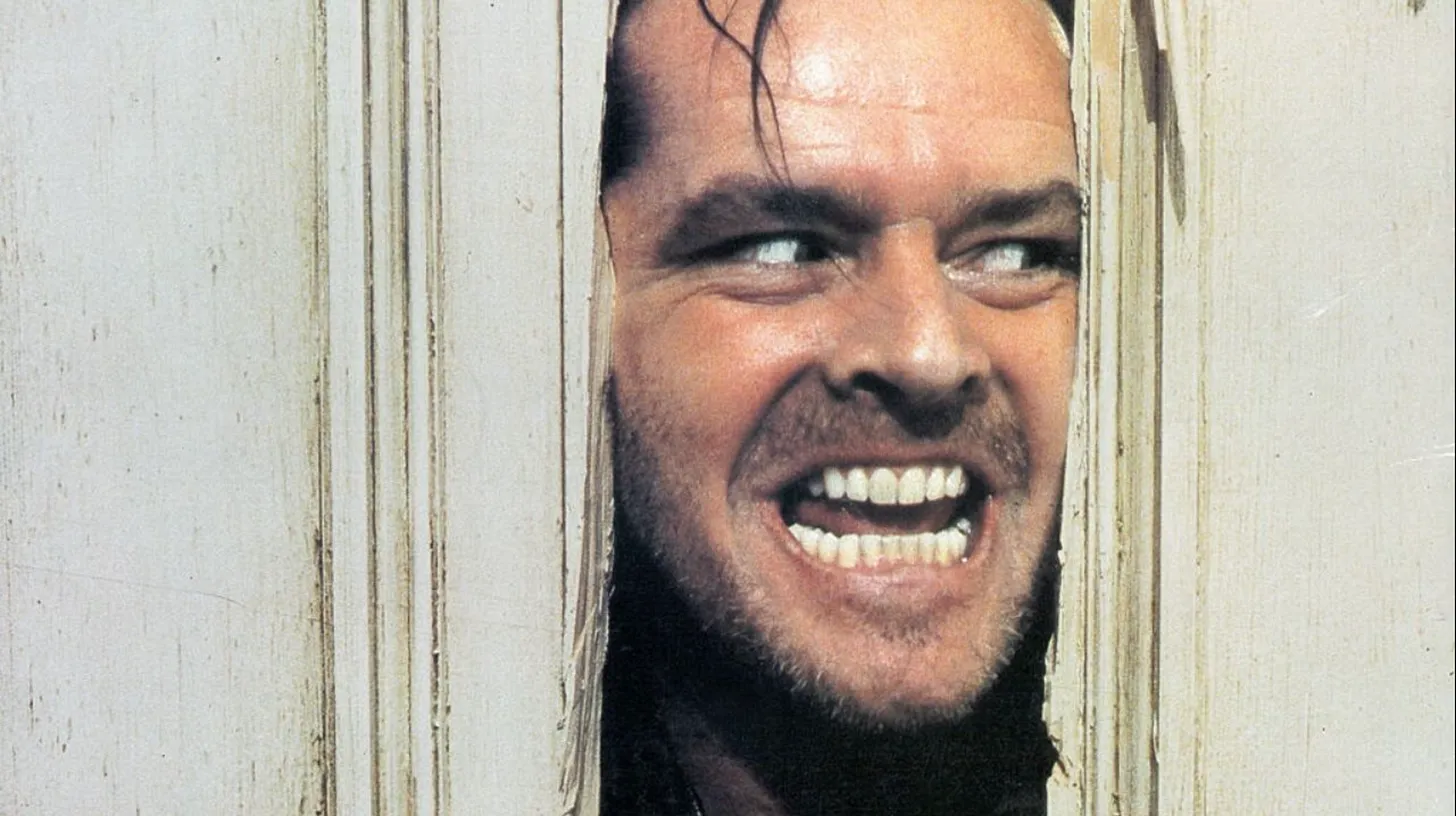How to Accurately Evaluate Whether Your Documentary Production Achieved Its Strategic Goals
11.08.2025
Honestly—have you ever analyzed whether that beautiful documentary your company released actually delivered what it promised?
I’m not talking about likes, views, or compliments from colleagues on LinkedIn.
I’m asking whether it moved something. Whether it flipped a switch. Whether it stirred what needed to be stirred.
Because that’s where the real success of a strategic documentary lies: not in aesthetics, but in transformation.
The Video Ran. And Then What?
This is where it starts to hurt.
You invest time, energy, money, mobilize teams, approve scripts, attend shoots, wait anxiously for the launch and… the video circulates. It gets decent reach. It receives nice comments.
But after a week or two, no one talks about it anymore.
No meeting begins with a quote from the film.
No client mentions the story.
No employee seems moved or inspired.
The impact you expected… evaporates.
And this is the point almost no one wants to face: corporate documentaries fail frequently because they’re evaluated with the wrong metrics.
We get stuck on vanity numbers and ignore signs of real impact.
The Problem Is the Measuring Stick — Not the Film
Often the video was well-produced.
The story was there.
The aesthetics, impeccable.
Drone shots, emotional close-ups, an immersive soundtrack.
But the measuring stick we use is shallow.
Views are not transformation.
Likes are not culture.
Shares are not positioning.
A strategic documentary is a living organism.
It needs to create echoes.
It needs to unfold.
It needs to provoke changes—subtle or not—in people’s behavior and in how the brand is perceived.
But to capture that, you need sensitivity, method, and above all, active listening after the launch.
Impact Isn’t Measured Only With Data
You can (and should) measure quantitative data.
But don’t be mistaken: the most valuable signals are qualitative.
They’re in the conversations that emerge afterward.
In the way leaders begin communicating.
In how often phrases from the documentary show up in meetings, speeches, or even at the company reception.
Brand perception, alignment with values, sense of belonging—these don’t go into an Excel chart.
But they can be captured through deep-evaluation frameworks, post-launch interviews, listening groups, analysis of spontaneous engagement, and mapping internal and external resonance.
The Contrast Between Aesthetics and What It Was Supposed to Serve
The problem begins long before measurement. It begins in the very conception of the video.
There’s a recurring illusion in corporate audiovisual production:
the belief that beauty solves everything.
Beautiful images.
Linear script.
Inspirational phrases.
Everything looks great.
But it’s empty.
It looks beautiful—but it says nothing.
And when content doesn’t come from real listening and a clear strategic objective, it gets lost along the way.
Videos like these are like a nicely presented latte, but with no aroma.
No body.
No memory.
Great at the event, impressive at the first sip, but they don’t stay. They don’t return to the mouth—or the mind.
The Video Is Not About You. It’s About the Other.
This may be the hardest pill for some leaders to swallow.
Your company’s video is not about your company.
It’s about the life your company touches.
About the stories it sparks.
About the values it transmits.
The protagonist of the documentary is not the founder, the C-level, or the beautiful building.
It’s the impact.
It’s the experience.
It’s what the brand represents.
Documentaries that work are those that set ego aside and place purpose at the center.
They don’t sell. They invite.
They don’t describe. They narrate.
They don’t perform. They feel.
The Solution: Strategic Evaluation Frameworks
It is possible—and necessary—to precisely measure the impact of a documentary.
But that requires frameworks that combine perception and performance.
Indicators such as:
– Depth and recurrence of post-launch conversations
– Organic, spontaneous mentions
– Internal alignment with brand values
– Use of documentary content in presentations, training, and company culture
– Qualitative feedback from strategic stakeholders
– Noticeable shifts in brand language after the documentary
– Level of emotional identification between the target audience and the narrative
All of this can—and should—be structured in cycles of listening, mapping, and analysis.
What I’m proposing here is abandoning the advertising mindset and adopting a lens of culture, branding, and impact.
What Separates Those Who Produce From Those Who Transform
Most companies produce.
Few transform.
Because transformation demands intention.
Alignment between briefing, narrative, and final objective.
The courage to tell real stories—sometimes uncomfortable ones—but always human.
Above all, it requires honest post-launch listening:
What changed after the film?
Want to know if your documentary production worked?
Observe what it provoked.
What action it generated.
What transformation it initiated—even if it seems small.
Those who see beyond the clicks reap beyond the applause.
The Final Invitation
If your last video looked beautiful but didn’t resonate… maybe it’s time to rethink.
Not the format—
but the intention.
Because a good documentary is like an unforgettable coffee:
you feel it in your mouth, your stomach, and your spirit.
It stays.
It returns.
It marks.
And no isolated metric can capture that.
Shall we talk about how to measure what truly matters?
A hot coffee and a present mind.
Renan





